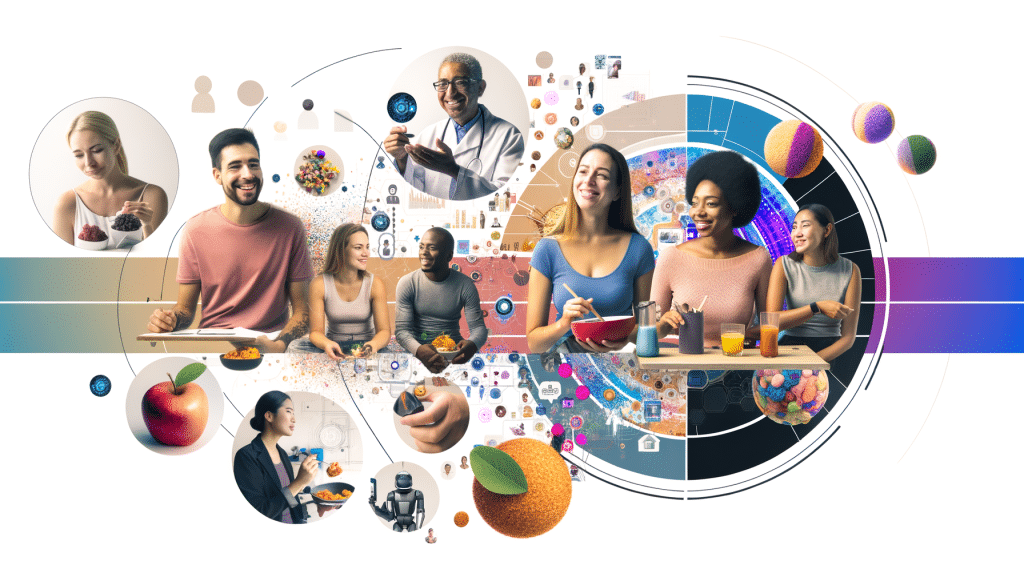In today’s digital-first world, consumers expect experiences, not just products. Whether picking a fragrance, pizza topping, or yes, even vape flavor, technology is transforming how we discover, customize, and connect with our choices. Personalization has become a key differentiator for brands willing to pivot from mass production to individual experience.
In this article, we’ll explore how data, AI, and interactive platforms are turning simple products into personalized journeys and what this means for businesses and consumers alike.
From Mass Market to “Made for You”
Decades ago, consumer items were produced en masse: cookie-cutter bottles, sets, and flavors. Today, fast tech-driven feedback loops have changed the equation: brands are curating extensive libraries of variations, such as flavors, and letting data guide what gets promoted.
Take flavor innovation, for example. Today’s consumers can choose from an incredible range of taste profiles, from tropical fruits and cooling menthol to rich dessert flavors that mirror their favorite treats. This approach isn’t about overwhelming consumers with options; instead, it’s about empowering them to make choices that suit their individual preferences. Increasingly, brands are leveraging algorithms and consumer data to highlight the most relevant options for each person, moving away from one-size-fits-all selections toward more personalized experiences.
The Role of Data and Analytics
Why offer dozens of flavor options? Because people’s tastes are nuanced, brands that track sales and engagement data can discover what resonates. Data provides two key advantages:
- Hyper-targeted appeal: Knowing who prefers mango-lime over mint allows brands to customize messaging, product bundles, and even design.
- Product development insights: Tracking flavor popularity signals broader trends, healthy tastes, nostalgic sweets, or exotic blends. This informs R&D across the board.
Feedback loops help new ideas emerge organically, and brands iterate accordingly to support demand.
Tech-Driven Discovery Tools
Personalization thrives on smart technology, and today’s consumers expect seamless, intuitive experiences. Tools like taste quizzes now go beyond fun gimmicks; they serve as highly targeted recommendation engines, offering pizza toppings, smoothie blends, or e-juice flavors that align with individual preferences.
Smart fridges are evolving too, tracking expiration dates and dietary goals to suggest personalized meals or grocery lists. Even connected shower systems can tailor fragrance profiles based on the time of day or skin sensitivity. Meanwhile, IoT platforms are increasingly used to recommend tutorials, complementary products, or accessories based on previous purchases.
Together, these innovations help transform ordinary product selection into an interactive, customized journey, one that feels like a thoughtful exchange rather than just another list of options.
Lifestyle Branding Through Choice
Personalization helps brands build a narrative and emotional connection. When consumers feel understood, loyalty follows. Many brands now include:
- Curated subscription boxes: foundational kits with rotating “limited edition” offerings
- Influencer spotlight blends: collaborative releases that highlight a creator’s influence
- Seasonal or limited drops: creating urgency and discovery
- UGC campaigns: asking consumers to vote on new ideas or share their favorite combos
This elevates brands from functional vendors to lifestyle co-creators, inviting consumers into a shared product experience.
Ethical and Business Implications
Personalization isn’t just about aesthetic choice; it carries responsibility:
- Data privacy: Can it help users understand how preference data is collected and used?
- Overconsumption: Does offering too many options encourage waste or impulse behavior?
- Regulation: How do we verify content compliance, age requirements, or health claims?
Brands that embrace both personalization and transparency stand out as trustworthy partners, not just vendors.
What Other Industries Can Learn
The personalization strategies seen in e-juice and lifestyle products aren’t unique. They offer a blueprint for nearly every consumer-facing industry. In the snacks and drinks sector, for example, brands now use taste quizzes to help customers discover flavor assortments tailored to their preferences, often paired with targeted reorders for a seamless experience. Beauty and wellness companies are leveraging skin concern surveys and smart dispensers to build custom skincare routines, giving consumers a sense of ownership and precision.
In the home living space, personalized recommendations for scents, textures, and décor are increasingly guided by mood-based inputs through in-app quizzes and augmented reality tools. Even the finance world has embraced customization by offering investment portfolios based on individual risk tolerance, powered by AI-driven engines.
What all these industries share is a shift toward making consumers feel seen and served. Whether the product is a snack, serum, or stock portfolio, personalization fosters engagement and, more importantly, loyalty.
The Future of Consumer Engagement
Consumers don’t buy products; they seek personal experiences, zeroed in on their needs, style, or behaviors. Modern brands that harness data, tech tools, and interactive storytelling can turn everyday choices into personal dialogues.
As the example from Geek Bar Pulse’s broad flavor lineup shows, authenticity and variety, when grounded in insights, resonate more than mass-market one-size-fits-all solutions. For modern marketers, creators, and product leaders, that’s the future. When your audience sees themselves reflected in what you offer, they don’t just buy, they belong.
